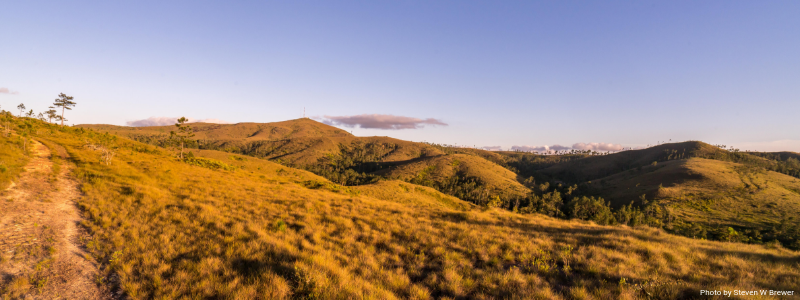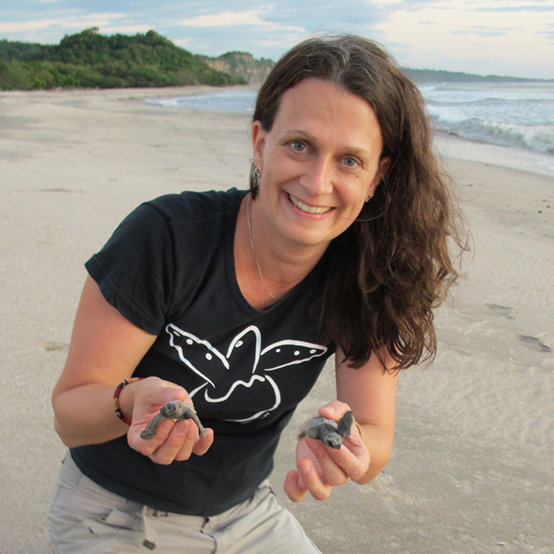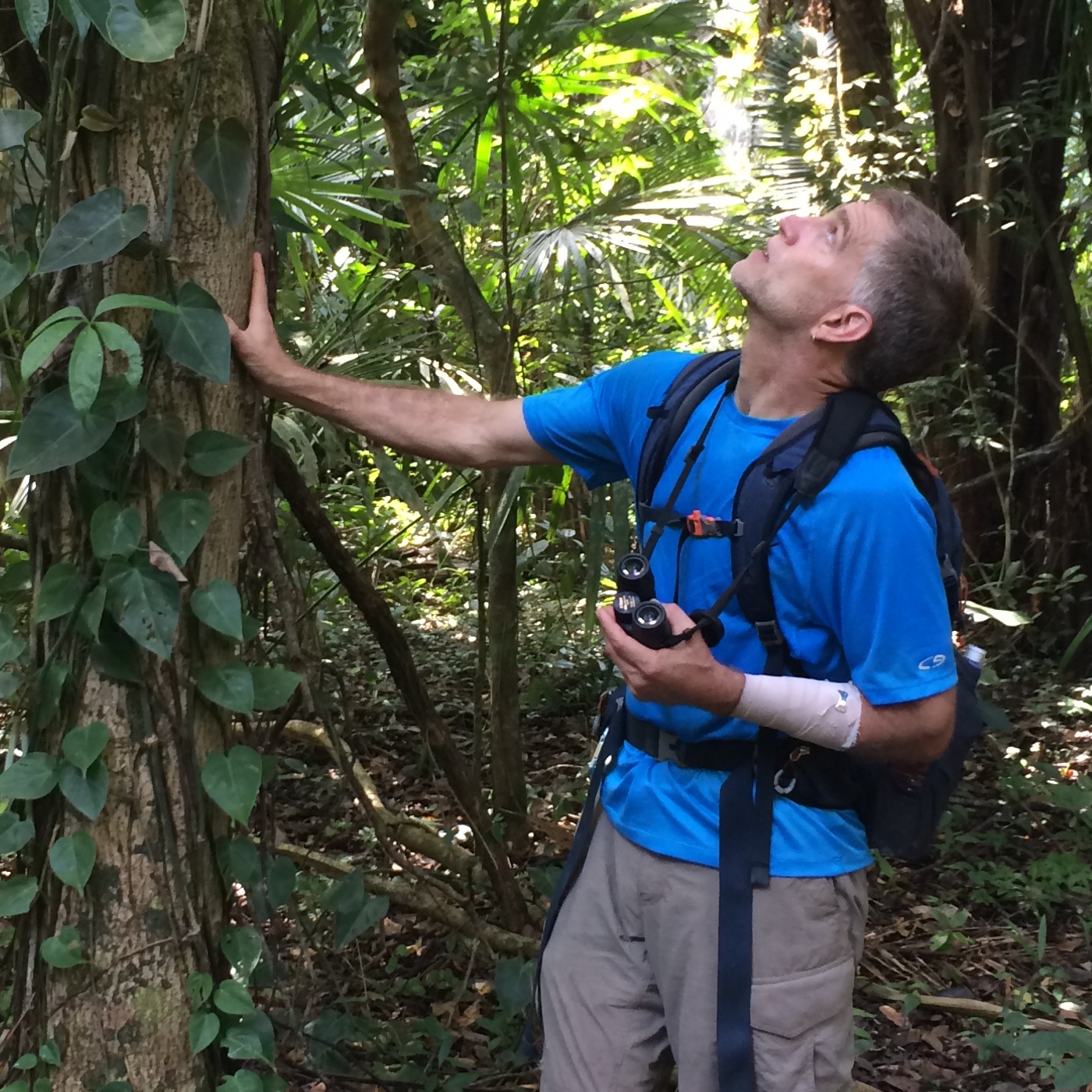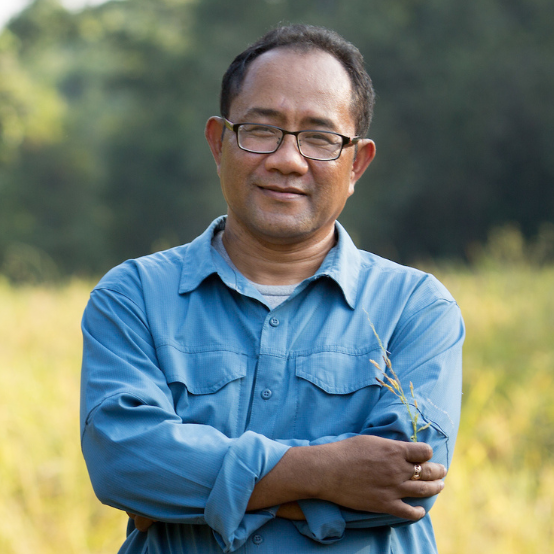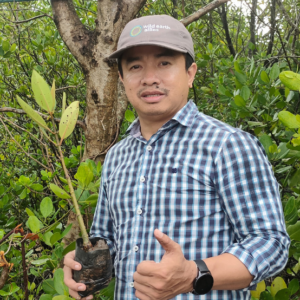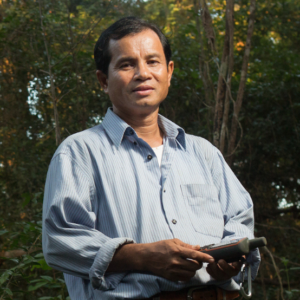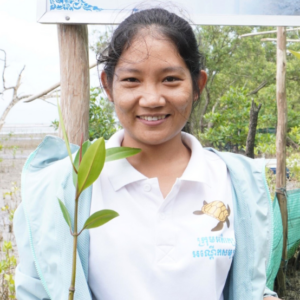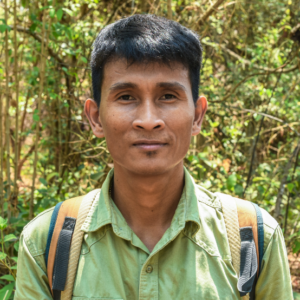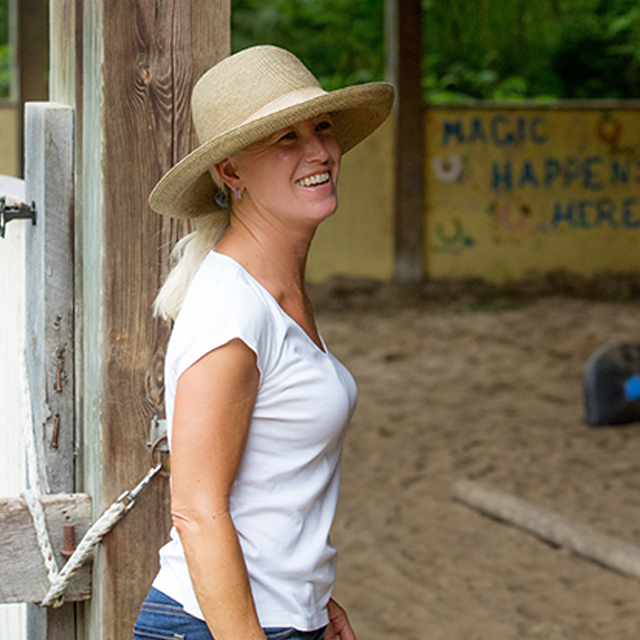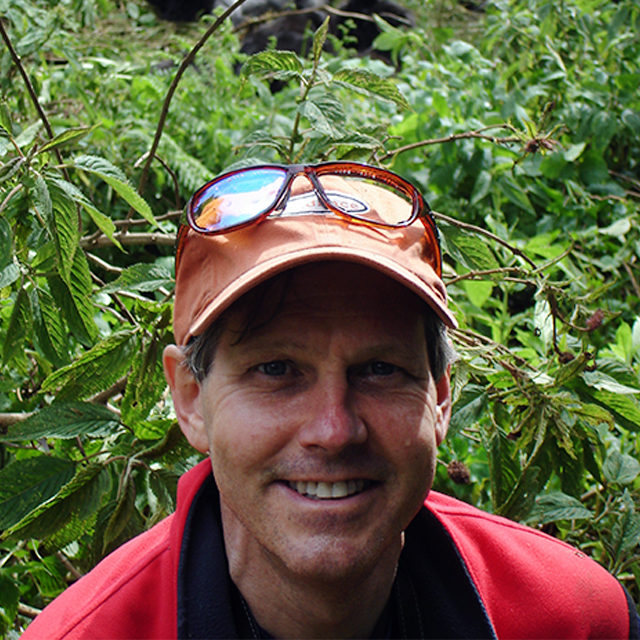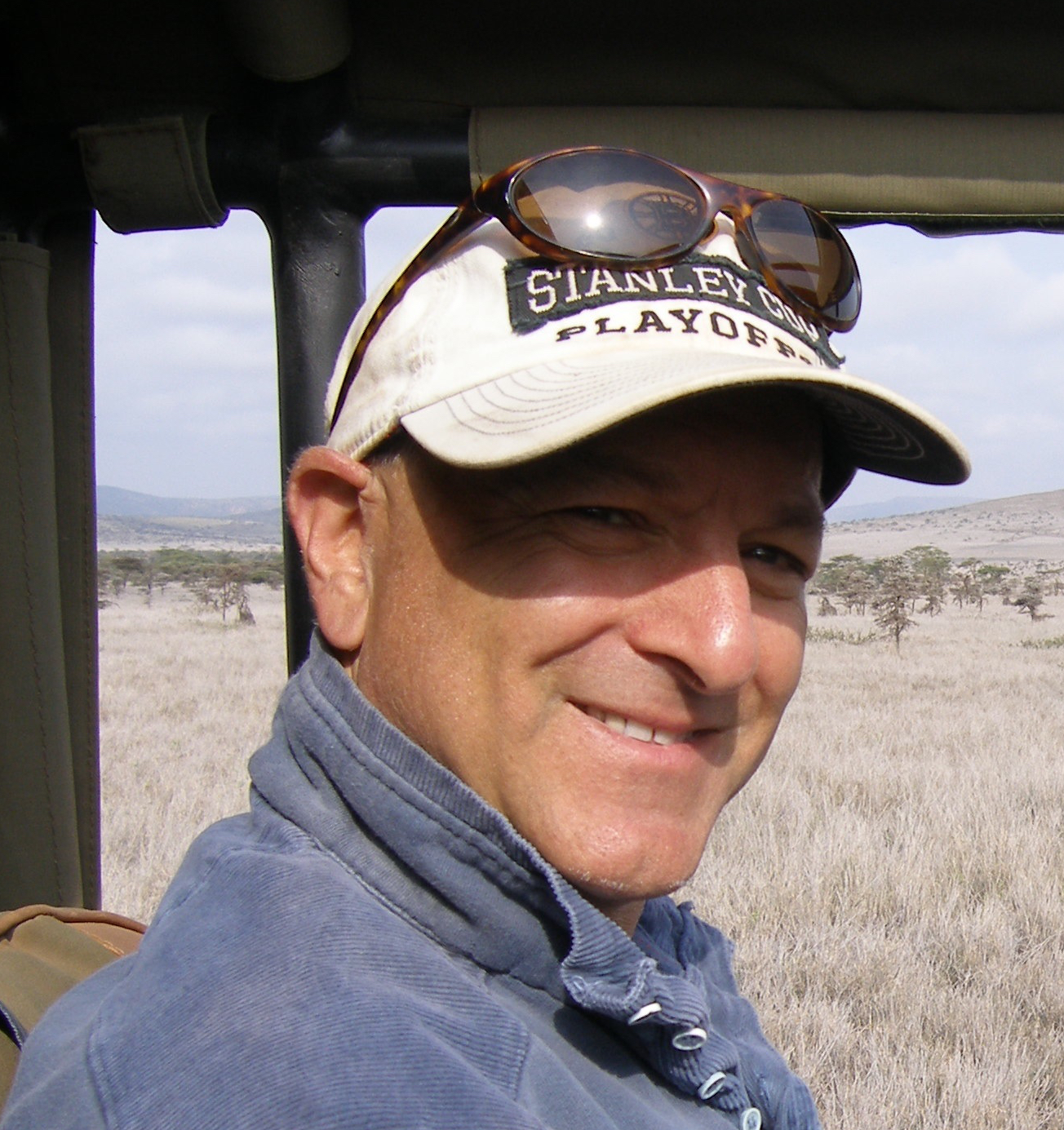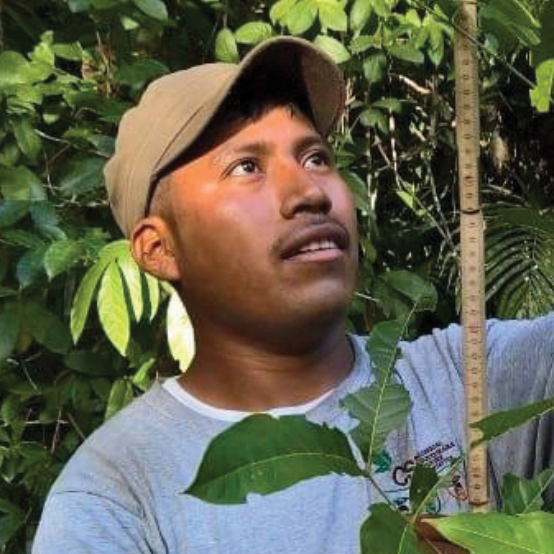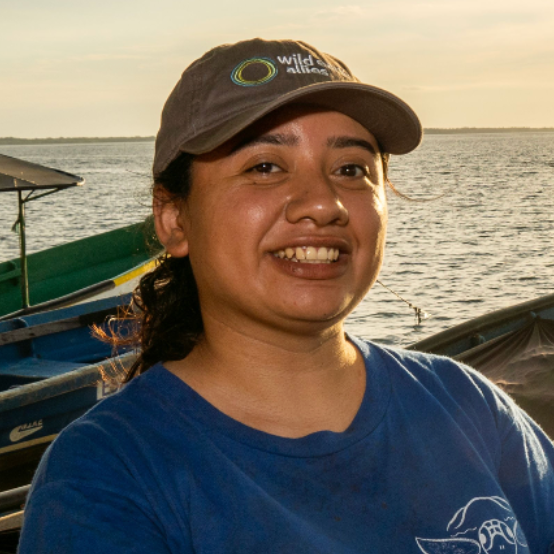The Bald Hills of the north-central Maya Mountains in Belize are sometimes viewed as a mystery. Their high-elevation features are nearly treeless, yet the adjacent hills are covered by pine-oak forests surrounded by broadleaved rainforests. The Bald Hills are uniquely suited to helping us understand where and how trees grow in Belize.
Applying Ecological Principles
The character of vegetation in any area is determined by interconnected factors like climate, soil, geology, topography, history, and what other organisms are present. Generally, where water is readily available, tropical vegetation is dominated by forests. Being woody and tall is better when competing for light, but taller plants need more water for photosynthesis. When water is scarce, other characteristics are better for survival, like being short or herbaceous, or being able to withstand or escape fires and drought.
Transitions Explained: Savanna to Pine Forest to Rainforest
The Bald Hills are cloaked in savanna, a mixture of sedges and grasses with a few herbaceous species over large areas with almost no trees. They have a unique geological foundation (substrate) that when combined with a strongly seasonal climate, generates very thin, nutrient-poor soils with extremely poor water-holding capacity and poor drainage. Here, water perches on top of the nearly-impenetrable substrate during the rainy season, drowning the soils and deeper roots, and washing away nutrients and material that would otherwise accumulate under different conditions.
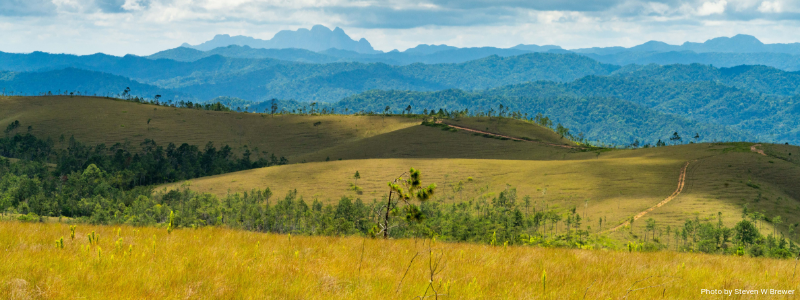
During the dry season, edaphic (soil-caused) drought is intensified by lack of rainfall, which increases the likelihood of fires. Fires in turn burn off part of the organic components of soil, setting back soil accumulation. Plants that are low and able to withstand fires and drought have a competitive advantage in these systems. It is entirely plausible that the Bald Hills would return to being forested in the absence of fire.
The surrounding mountain pine ridge occurs on granite soils that are also very poor in nutrients. But these soils are deeper enough and have just enough water-holding capacity for the survival of trees like pines and oaks. These species can limit water loss from their leaves by going dormant or deciduous until water becomes available again. During times of extreme drought and heat, fires may create openings in patches of the pine ridge landscape that are often colonized by fire-adapted species such as “tiger ferns” (Gleichenella pectinata, Dicranopteris flexuosa).
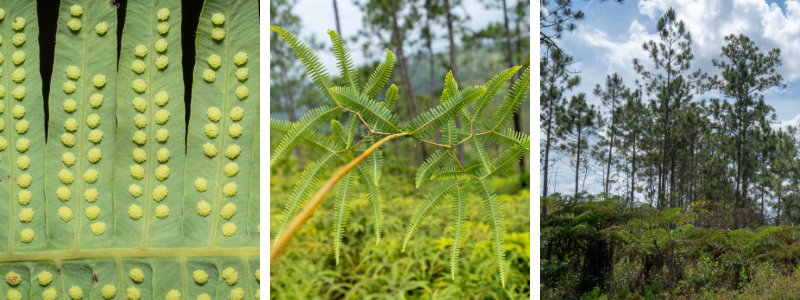 Gleichenella pectinata (left), Dicranopteris flexuosa (center); Tree ferns with pines in the background (right).
Gleichenella pectinata (left), Dicranopteris flexuosa (center); Tree ferns with pines in the background (right).
Just beyond the Bald Hills and pine forests are broadleaved rainforests. Here the richer soils on limestone stay moister for longer and support many more kinds of broad-leaved tree species able to withstand periods of low rainfall. Farther into the Maya Mountains and at higher elevations, on granite-like substrates conducive to soil formation, rain falls more often and much further into the dry season. This provides deeper soils, a longer growing season, and the potential for rainforests to thrive.
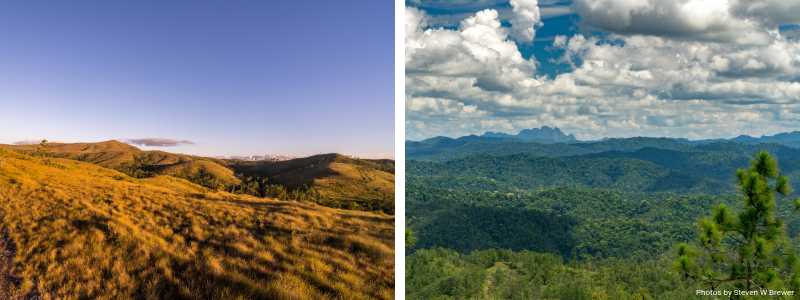 The Bald Hills, north-central Maya Mountains, Belize (left); Transition to mountain pine ridge (right).
The Bald Hills, north-central Maya Mountains, Belize (left); Transition to mountain pine ridge (right).
An interesting component of both the Bald Hills and pine-forest hills are the “gallery forests” found in ravines, valley bottoms, and other protected topographic features. In these areas, water and eroded material from nearby slopes collect and form deeper, moist soils with thick pine forest on the slopes and broadleaved rainforest on the bottoms. Historically, as the climate cycled over geologic time from dry to wet to dry, broad-leaved forests likely have expanded into the savannas during wetter periods, retreating into the refuge of gallery forests during drier periods.
In 2018, Wild Earth Allies kicked off the Trees of Belize Project, a multi-year effort dedicated to growing and cultivating in-country expertise and interest in botany. Dr. Steven W. Brewer is leading the Trees of Belize project in collaboration with the Environmental Research Institute at the University of Belize.
Consider supporting this effort. Donate today.

